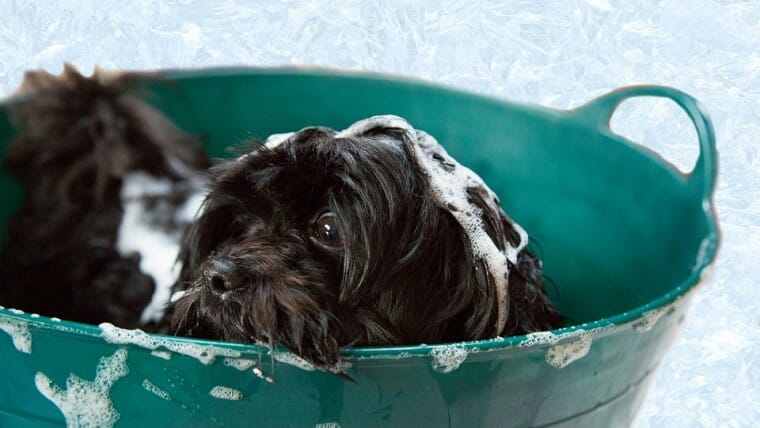How to Help Your Dog with Seasonal Allergies This Spring
At Puppy Play and Stay we know when the weather warms up and flowers begin to bloom, many dog owners are excited to spend more time outdoors with their furry companions. However, for some dogs, springtime also brings seasonal allergies, making outdoor adventures less enjoyable. Just like humans, dogs can suffer from spring allergies, particularly due to increased pollen and blooming flowers. If you’re noticing your dog exhibiting unusual symptoms during this time of year, it might be due to seasonal allergies.
Symptoms of Spring Allergies in Dogs
Seasonal allergies in dogs often present in similar ways to those seen in humans. The most common symptoms include:
- Itchy Skin: Dogs with allergies may excessively scratch, lick, or bite at their skin, especially around their paws, ears, and belly.
- Red or Inflamed Skin: You might notice red patches, bumps, or even hair loss in areas where your dog has been scratching.
- Ear Infections: Allergies can cause inflammation in your dog’s ears, leading to itching, redness, and a noticeable odor. Frequent ear infections are a common sign of environmental allergies.
- Watery Eyes and Runny Nose: Just like humans, dogs can develop watery eyes and a runny nose as a result of pollen exposure. Your dog may also sneeze more frequently.
- Licking or Chewing Paws: Dogs with allergies often lick or chew their paws to soothe itchy skin caused by pollen and other allergens.
Treatment Options for Spring Allergies in Dogs
- Frequent Baths: Give your dog regular baths with a pet-safe hypoallergenic shampoo to remove pollen and other allergens from their fur. This can help soothe itchy skin and prevent irritation.
- Topical Treatments: Sprays and ointments designed to relieve skin irritation can be applied directly to affected areas to provide relief. Consult your vet for recommendations.
- Limit Outdoor Exposure: If possible, limit your dog’s outdoor time during peak pollen hours, usually in the early morning or late afternoon. After walks, wiping your dog’s paws and coat with a damp cloth can also help remove pollen.
- Dietary Changes: In some cases, allergies may be managed with dietary supplements such as omega-3 fatty acids or specific allergy-friendly foods. Consult your vet for recommendations.
- Veterinary Care: If symptoms persist or worsen, it’s essential to consult with your veterinarian. They can perform tests to determine the exact cause of your dog’s symptoms and recommend appropriate treatments, including allergy shots or prescription medications.
As springtime blooms, it’s important to keep an eye on your dog for signs of allergies. With the right care, you can help your furry friend enjoy the season without the discomfort of springtime allergies. If you’re planning a trip and need dog boarding or daycare services during allergy season, Puppy Play and Stay provides a safe, comfortable space for your dog while keeping their health a top priority. Contact us today!


